WA Jarrah Forests
The Jarrah forests of the South-West have acted as an evolutionary cradle for millennia. Plants here are continuously adapting to often harsh conditions, which is why 80% of species are found nowhere else on Earth.

They have a long past, make sure they have a living future. Image: Chris Fithall
As a continent, Australia is ancient and remarkable. But within this land there is a collection of special places that hold globally important values. Iconic and unique, these places are at risk from current threats such as climate change, mining and deforestation.
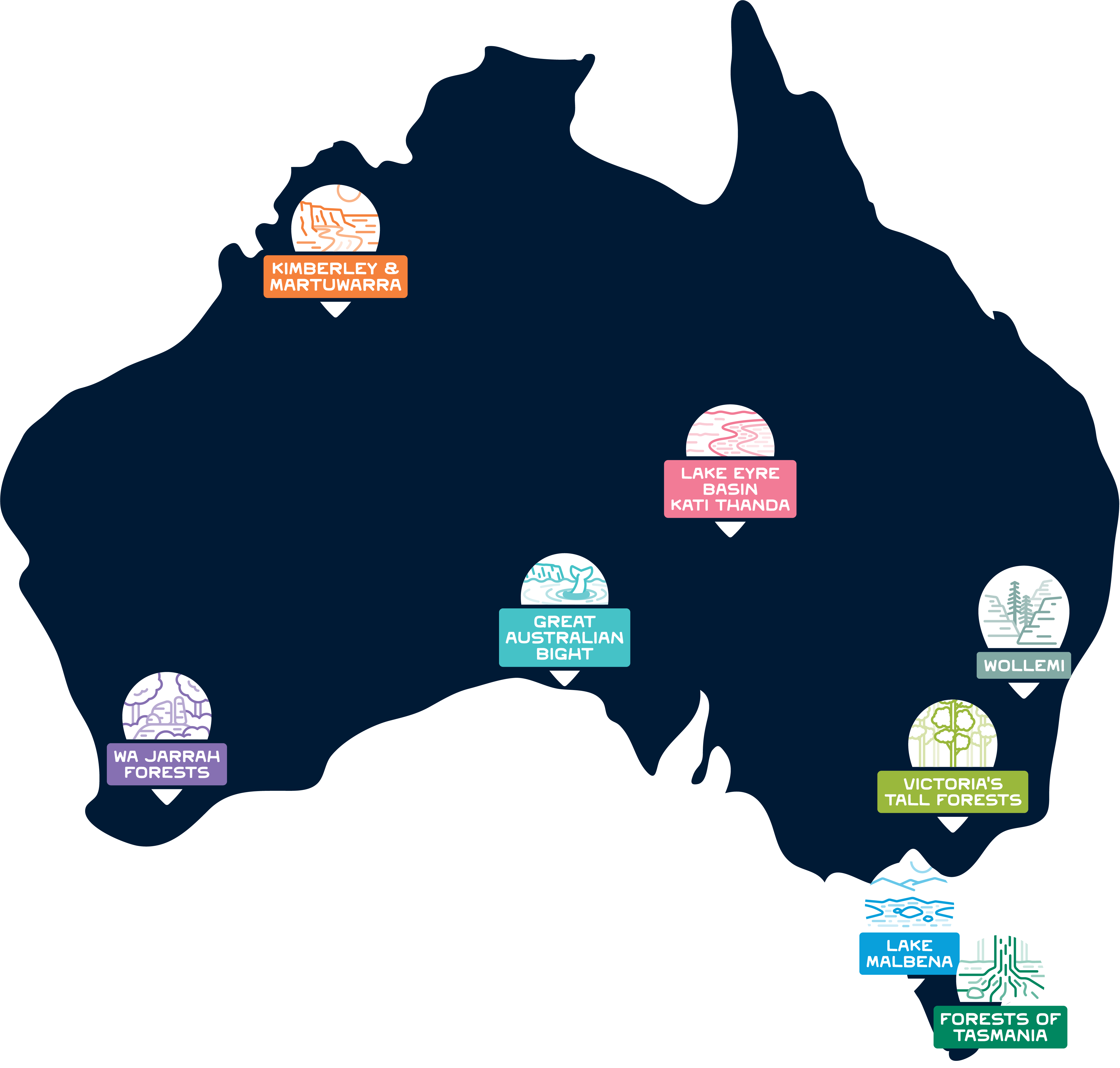
With their rich evolutionary history, abundance of unique flora and fauna, and deep significance for First Nations people, these places deserve respect—and care. They support ancient Gondwanan forests, contain evolutionary adaptations and feature plants and animals that are found nowhere else on Earth.
While often appreciated for their vast beauty, they are more than just scenic landscapes. These remarkable places are crucial to our world’s very life support. That’s why we're celebrating these globally significant places—as Nature’s Elders.
Together, we can help them have not only a long past but a living future.
Australia is a continent of incredible diversity, with landscapes ranging from rainforests to deserts, all home to a staggering array of species found nowhere else on the planet. The remarkable places we are working to protect are all globally significant because of the unique biodiversity they support.
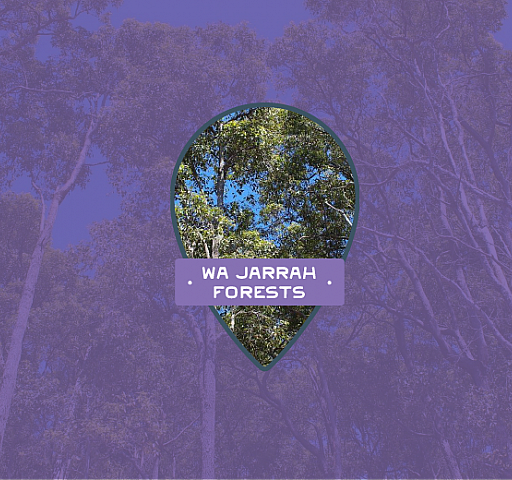
The Jarrah forests of the South-West have acted as an evolutionary cradle for millennia. Plants here are continuously adapting to often harsh conditions, which is why 80% of species are found nowhere else on Earth.
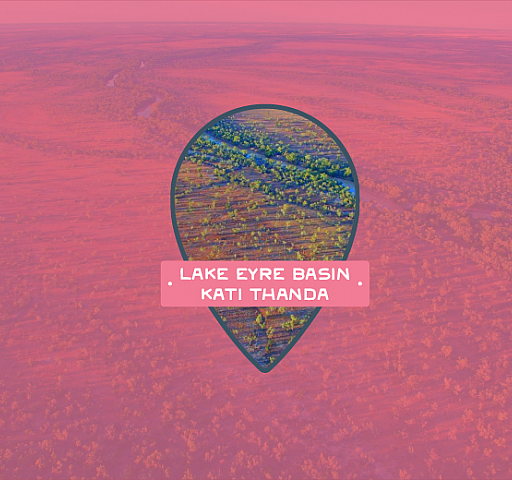
A vast system of desert, water, flora and fauna, the Lake Eyre Basin is a global icon. Comprising Kati Thanda, Munga-Thirri / Simpson Desert and Channel Country, this wildly diverse landscape gives rise to millions of birds after rain and is criss-crossed with songlines, trade routes and language groups.
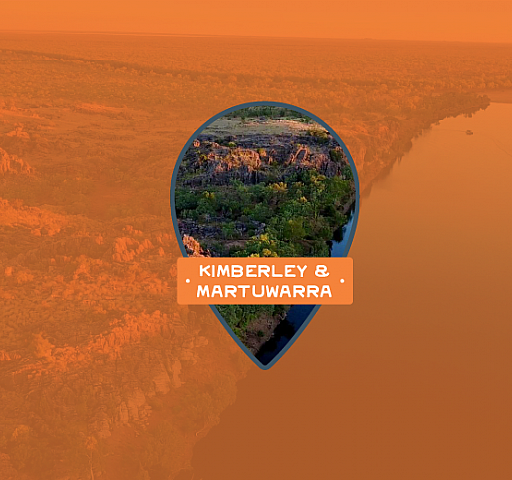
Home to life found nowhere else on Earth, the Kimberley is breathtaking—stunning landscapes, meandering rivers, extensive marine sanctuaries, ancient rock art. It’s no place for fossil fuel mega-projects or huge water extractions.
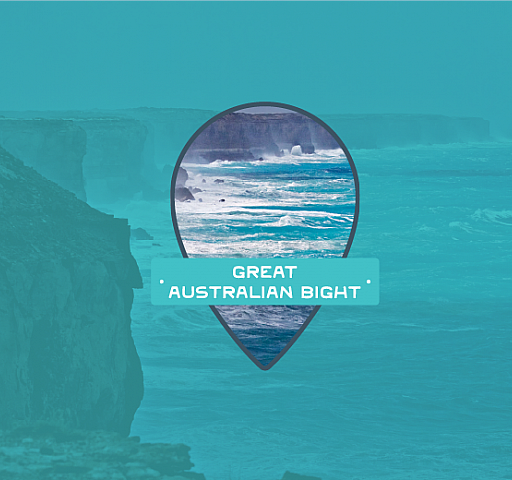
With stunning natural wonders, staggering biodiversity and a 65,000-year-old living culture connecting desert to sea, the Nullarbor and the Great Australian Bight are worthy of World Heritage status. We must keep this beautiful area safe from fossil fuel corporations forever.
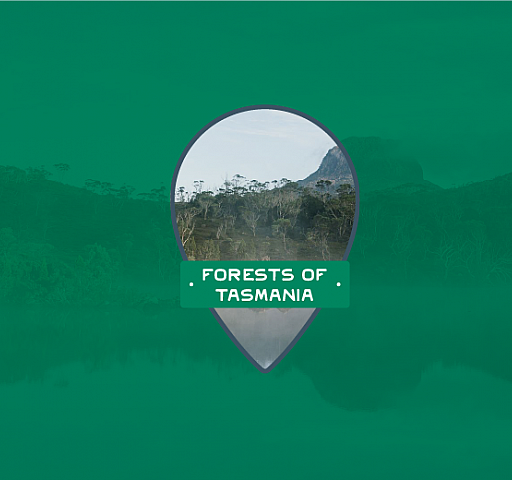
These spectacular forests support some of the most iconic species on Earth. They are home to 1000-year-old Gondwanan conifers, are a giant store for carbon and are integral to the identity of the palawa (the Tasmanian Aboriginal people). Unbelievably, these forests are still subject to clear-fell logging. We’re fighting for their protection.
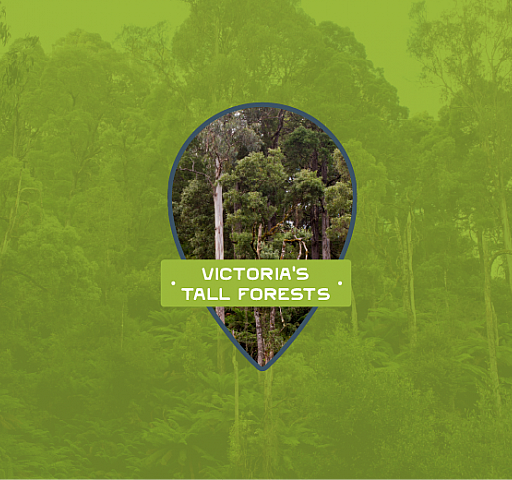
Home to endangered wildlife found nowhere else, as well as the world’s tallest flowering tree, the mountain ash, Victoria’s last great forests are the most carbon-dense on the planet. After decades of logging coming to an end, we now need these forests to be protected for good.
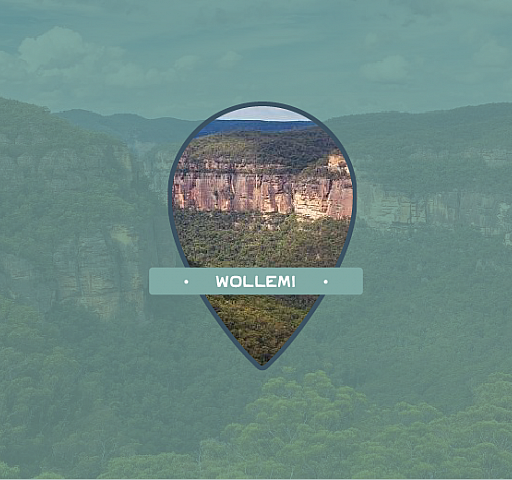
An ark of biodiversity for 60 million years, Wollemi National Park forms part of the vast Greater Blue Mountains World Heritage Area. It's home to unique species, including Earth's last wild stands of the Wollemi pine—a tree from the age of dinosaurs—and some of Australia's rarest animals, such as the critically endangered regent honeyeater.
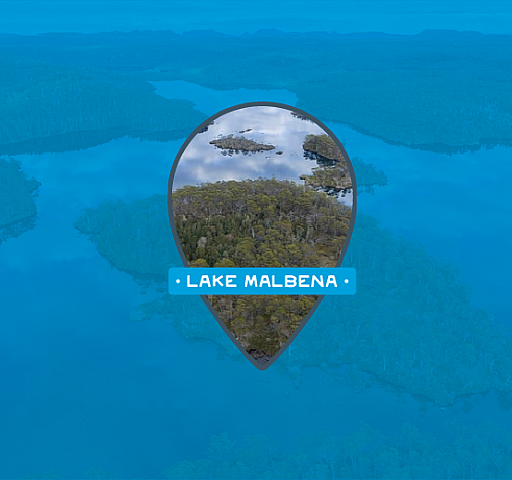
In Lutruwita / Tasmania, set within the Walls of Jerusalem National Park’s alpine labyrinth of highland lakes, picturesque mountains and ancient stands of pine forest, lies Lake Malbena. It holds the memory of a landscape sculpted by glaciers thousands of years ago. Embraced by pristine World Heritage and with a palawa connection spanning tens of thousands of years, it's a globally significant and special place.